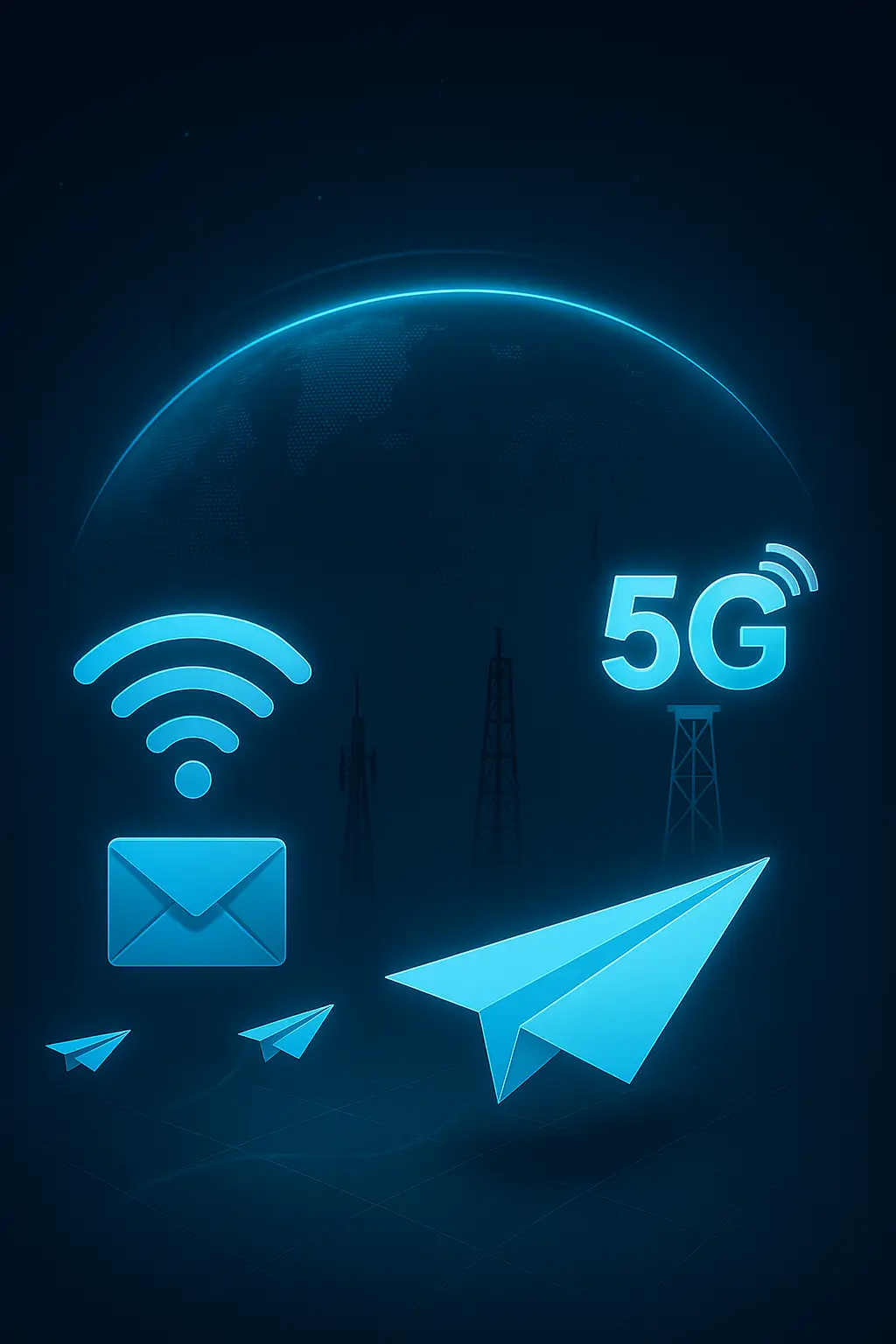As technology continues to advance, we find ourselves surrounded by an ever-increasing number of devices that rely on wireless communication. From smartphones to smart homes, all these devices use radio waves to communicate with each other. But have you ever wondered how this communication works? What are frequencies and spectrum? In this article, we’ll explore how spectrum and frequencies work in mobile technologies, in a simple way.
Let’s start with the basics. Radio waves are a type of electromagnetic radiation that travels through the air. They are all around us, and we use them for many things, such as listening to the radio, watching TV, and even cooking our food in a microwave. When it comes to mobile technologies, radio waves are used to send and receive data between devices.
But how do we make sure that these radio waves don’t interfere with each other? This is where spectrum comes in. Spectrum is like a highway that radio waves travel on. It’s divided into different lanes, each with a different frequency. Just like cars on a highway, radio waves need to stay in their own lane to avoid crashing into each other. If they don’t, they can interfere with each other, causing problems with the signal.
So, what exactly is a frequency? A frequency is the number of waves that pass a certain point in one second. It’s measured in Hertz (Hz). The higher the frequency, the more waves pass in one second. For example, a frequency of 2.4 GHz means that 2.4 billion waves pass a certain point in one second. This is a lot of waves! Higher frequencies allow for faster data transfer rates, but they also have a shorter range and are more easily absorbed by obstacles like walls and trees.
Now, let’s talk about how mobile technologies use spectrum and frequencies. Mobile technologies use a range of frequencies to send and receive data. For example, Wi-Fi networks use frequencies between 2.4 GHz and 5 GHz, while mobile networks use frequencies between 700 MHz and 2.6 GHz. Each frequency band has its own advantages and disadvantages, which is why different devices use different frequencies.
So, there you have it! Spectrum and frequencies are like the roads that radio waves travel on. By dividing the spectrum into different lanes, we can make sure that radio waves don’t interfere with each other, and by using different frequencies, we can send and receive data at different speeds and over different ranges. As technology continues to advance
Benefit from Massive discount on our 5G Training with 5WorldPro.com
Start your 5G journey and obtain 5G certification
contact us: contact@5GWorldPro.com


